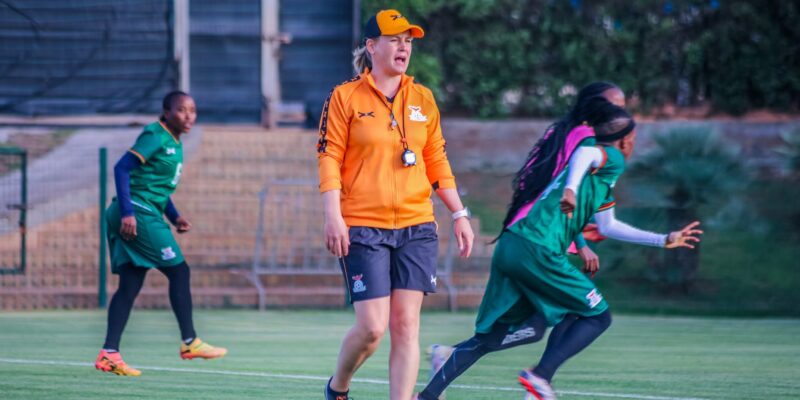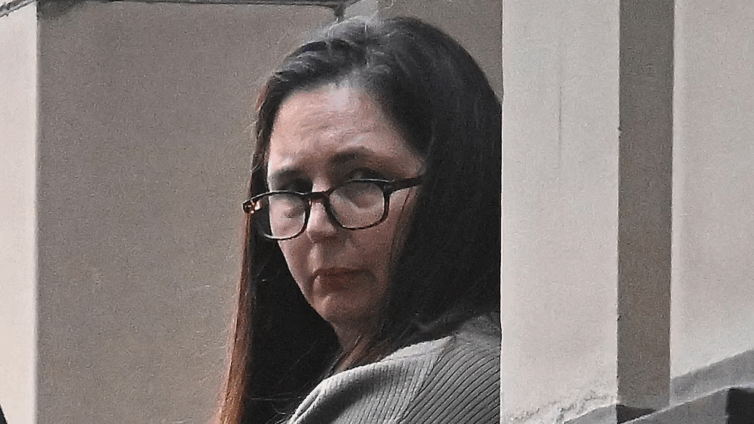How McLaren and Hilton Keep Their 20-Year F1 Partnership Fresh
This weekend’s British Grand Prix was a historic one, marking 75 years of Formula 1 at Silverstone Circuit. It will also be remembered for McLaren’s Lando Norris clinching his first home victory in front of a roaring crowd following a rainy, high-drama race.
Off the track, supercar maker and longtime F1 sponsor McLaren marked another milestone: 20 years of partnership with hospitality giant Hilton.
The enduring relationship, a rarity in marketing, has evolved alongside the strategies of both legacy brands, their chief marketing officers (CMOs) told ADWEEK.
Evolving Together
Since partnering in 2005, the sponsorship evolved from what McLaren Racing CMO, Louise McEwen, called “passive hospitality”—corporate boxes and logos—to fully immersive fan experiences.
After McEwen’s promotion in 2024, Hilton CMO Mark Weinstein said the alliance became more “fan forward.”
For instance, to mark the 20th anniversary, the pair launched a “Stay Like McLaren” hospitality experience at Hilton’s Trafalgar St. James Hotel in London. Running until July 20, the activation features two rooms in McLaren’s signature papaya orange: one filled with driver memorabilia; the other with racing simulators, a pit-wall station, and a private bar.
Extras include in-room happy hours, signature cocktails, branded NutriBullets, plush robes, Molton Brown toiletries, and McLaren swag like Lego kits and sunglasses.
The campaign spans both brands’ social media presence, with success measured in bookings and engagement. The bigger goal, though, is translating shared values into cultural relevance and future-proofing both brands.
“We’ve grown together in this respect,” McEwen said. “We’re not afraid to make mistakes as long as we learn from them.”
They’ve also created more social content featuring drivers, including a livestream of Norris practicing yoga in a Hilton suite and a cheeky ad featuring Oscar Piastri’s pre-race routine.
McLaren’s Cultural Reboot
Formula 1 is having a moment, and amid its shift into the mainstream, McLaren Racing has been on its own journey “defrost the brand,” McEwen said.
Netflix docuseries Drive to Survive has sparked a surge in U.S viewership and attendance at F1 races around the globe since 2018. Per Nielsen Sports, Formula 1 now has 826.5 million fans worldwide, up 90 million from 2023.
In June, Brad Pitt’s F1 topped box offices, grossing $144 million globally in its opening weekend.
“McLaren was a vessel for other people’s brands,” explained McEwen. “But amid this new fandom and growth, suddenly we’re a brand in our own right in the sport.”
As McLaren rides a cultural high, its performance on the track has returned to form after a losing streak.
In December 2024, it clinched its first Constructors’ Championship since 1998, with six wins and 21 podiums behind the dominant MCL38. This season, the momentum has kept building, capped by Lando Norris’ historic British GP victory.
Against this backdrop, McLaren has embraced a more inclusive marketing strategy and reassessed how it engages fans, McEwen said.
As the first F1 team to land on TikTok, it has amassed 6.7 million followers and 200 million likes with a mix of race-day celebrations, garage banter, and content that spotlights women engineers and mechanics.
Per F1’s own data, women now account for 3 in 4 new fans, with nearly half skewing Gen Z. Brands including Charlotte Tilbury and Tommy Hilfiger are already responding to this trend by investing in motorsports, and McLaren has inked deals with fashion brands including Abercrombie & Fitch and Reiss to make sure it’s on the “front foot” of inviting new supporters in, McEwan said.
Now, the marketer is focused on growing fan advocacy along with Hilton, and making sure that McLaren’s distinct papaya orange hue shows up in more “unexpected” places.
Hilton’s Return to Relevance
When Weinstein reflects on Hilton’s 105-year history, he sees a company born in cultural moments. “Our founder talked about our role in the world to fill the earth with the light of hospitality,” he said.
From hosting Elizabeth Taylor at grand openings to John Lennon writing “Imagine” on Hilton stationery, the brand was once synonymous with cultural relevance.
“Somewhere along the way, you become a mature brand that is performing really well at the top of your game, but maybe lose a little bit of your cultural relevance,” Weinstein admitted.
When Covid-19 disrupted travel, Hilton refocused on delivering high-quality experiences through design, technology, and service.
Since 2022, this has manifested in Hilton’s global “For the Stay” brand platform, which seeks to put the hotel stay back at the heart of travel amid stiff competition from platforms like Airbnb. The campaign was developed by TBWA\Worldwide with media planning and buying from iProspect.
Along with a social listening campaign rooted in “saving” travel disasters, physical “Stay Like…” experiences such as the one it built with McLaren have played a major role in its brand reset. Other themed suites have included one designed by Hilton family heiress and multi-hyphenate Paris Hilton, as well ones inspired by Wicked and The Barbie Movie.
For Weinstein, partnerships like McLaren’s are crucial to reconnect Hilton with new audiences.
“The best partnerships are the ones where you have contracts that are extremely complicated and detailed, but you put them in the bottom drawer and never look at them again, because you just trust each other, believe in each other.”
Liz Rutgersson, CEO of iProspect North America, which works with Hilton, said the sponsorship shows the value of long-term partnerships that are transformational, not transactional.
“It takes a bold, brave marketer to invest for long-term impact,” she said.














_1751880097.jpeg)